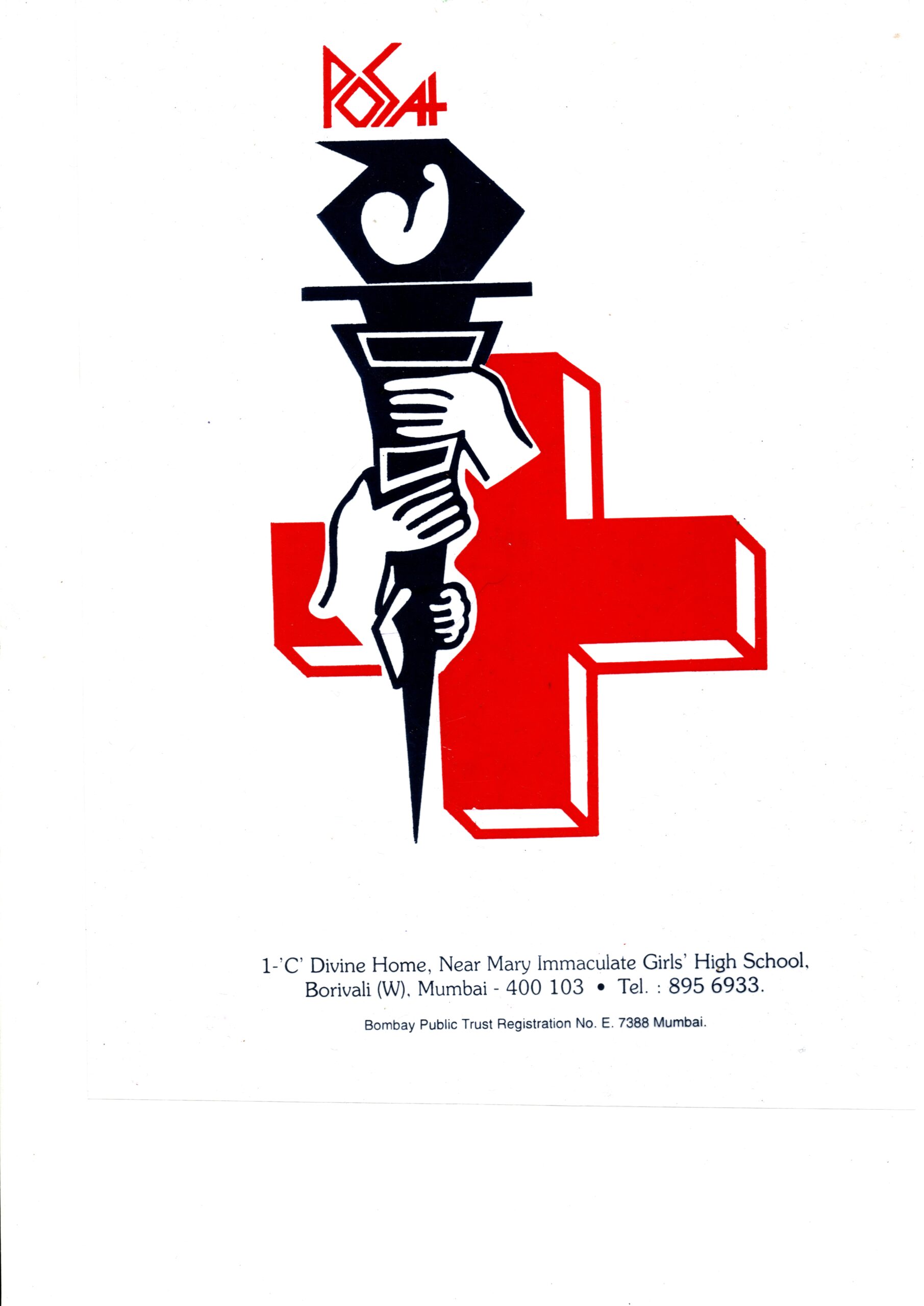Purchase Orders and Invoices: What’s the Difference?
Content

Digital platforms enable businesses to store credit card information and deliver automated receipts securely. This ensures fast delivery, so the client is not waiting weeks for you to write an invoice manually. If there are any issues regarding the price, vendors https://www.bookstime.com/ may choose to negotiate before accepting the order and before the document becomes legally binding. Only when the vendor accepts the document does it become legally binding. Essentially, these invoices are generated after the approval of a purchase order.

In most situations, businesses will undertake a three-way invoice matching to ensure that the PO invoice details match both the purchase order and the invoice. A purchase order invoice should include the purchase order number as well as specifics on the products or services that the customer and provider have agreed on. Once the seller records the purchase order number from the buyer, they can reference it on the invoice to show the product or services that were pre-approved. A purchase order is a useful tool that both vendors and sellers can use throughout a transaction. By looking up the purchase order number, you can easily track the purchasing process in the system that stores the purchasing data.
What is a purchase order?
The PO invoice is matched against the purchase order and goods receipt to ensure all details correspond. Owing to the nature of indirect procurement, non-PO invoices are generally not pre-approved. In fact, many companies complete a process called three-way invoice matching to fully validate the PO invoice and confirm its relation to the previous purchase order. Conversely, non-PO invoices, sometimes referred to as “expense invoices,” do not have a corresponding purchase order. When used properly, the issuance of POs works to prevent overstocking and helps goods and service providers maintain proper inventory. It also prompts the vendor to deliver the goods and services requested, serving as a clear and concise layout of the terms of the purchase.
- We’ll show you the difference between machine learning vs. data mining so you know how to implement them in your organization.
- It also contains the payment terms for the purchase, such as ‘ net 30’, which means that the buyer will pay the seller within 30 days of delivery.
- Non-PO invoices are often generated for smaller purchases, including regular expenditure, reimbursements for employee expenses, or legally contracted services.
- The main difference between an invoice and a purchase order is their goal.
- Any underlying purchase requisition and the purchase order form are approved before submitting the PO to a vetted and approved vendor.
- Some might suggest expediting invoicing cycles by penalizing late payments.
- An example is recurring invoices for monthly software subscription payments.
The grocery store would send you an invoice after delivering the food to your house to indicate how much you owe for the food items you bought and to initiate a request for your payment. If you wanted someone to paint your house, you could (but in real life, likely wouldn’t unless you were a business) send them a purchase order to communicate your specifications for the job. The invoice number is particularly important for a buyer’s accounting department, who might need the document to manage payments, as well as keep track of their company’s cash flow. Spend any time in the world of business and you’ll eventually use both purchase orders and invoices.
How Machine Learning in Oil and Gas Is Slashing Costs
An excellent resource for inventory and data-tracking, the PO has several financial purposes and serves many functions in regard to accountability, disclosure, and business procedure. Consider using an invoice template, with saved line items, to help you to create and send payment requests in a matter of seconds. Digital invoicing, (a must in our day-and-age), provides a direct difference between purchase order and invoice link to your favorite payment processors. For example, with ZipBooks you can accept payments from Square, Stripe, PayPal or credit card–immediately within the invoice. First, a buyer sends a document to a seller to confirm their intention to purchase goods and services. Once the seller accepts and confirms the purchase order, it becomes a legally binding contract of sale.
The purpose of a purchase order is to manage payments to suppliers, track order status and clarify terms. Purchase orders (POs) and invoices are commonly confused financial terms, both dealing with the communication and of terms of payment agreements. These forms can be printed and mailed, but more often, modern businesses send these forms digitally. Whether you’re a small business or a larger company, purchase orders are crucial for managing your inventory, preventing confusion, and ensuring smooth transactions. Our guide is geared towards a clear understanding of purchase orders for seamless business management. You want to ensure everything is crystal clear when you send a purchase order.
Why should companies use an invoice?
Learn what Google Shopping categories are used for and how you can automate fitting products to this taxonomy using ai. Explore the use of GPT for opinion summarization through innovative pipeline methods, evaluation metrics like ROUGE and BERTScore, and human evaluation insights. Dive into novel entailment-based evaluation tools for a comprehensive understanding of model performance in capturing diverse user opinions. Boost your conversions and sales numbers with NLP in sales using OpenAI’s GPT-3 and GPT-4. A deep dive into how we reached SOTA accuracy in product similarity matching through a custom fine-tuning pipeline that refines the CLIP model for image similarity. Explore how the Vicuna and FastChat models from LMSYS fare on various language tasks and learn how to fine-tune and deploy them for your business needs.
Which can be examples of non-PO invoices?
- Advertising expenditures.
- Utility expenses such as telephone, electricity or water.
- Legal services.
- Food and travel reimbursements.
Invoicing is an essential part of managing finances for small businesses. Payoneer can help streamline this process by providing a platform for creating and managing purchase orders and invoices and facilitating secure, timely payments. With Payoneer, small business owners like yourself can focus on growing operations, knowing that your financial transactions are always handled professionally. Whereas, invoices are needed to guarantee payment from clients after the goods are delivered. They specify exactly what you are paying for and how much you are spending.
But both are different documents offered at different stages of a vendor order. Knowing the difference and utilizing them effectively can help you to track and pay orders accurately. Veritree is a data-driven, restorative platform that connects nature-based solutions with mission-driven companies ready to lead the restorative economy. We’ve selected sites in the US and Kenya with the goal of impacting post-fire restoration, biodiversity, indigenous cultural restoration, access to food, and livelihood. The purchase order initiates the transaction and is followed by the invoice once goods or services are rendered to the customer’s satisfaction. If you are fortunate enough to own a fast-paced, thriving business, you know the importance of a paper trail.
It’s crucial to protect yourself should a problem or disagreement occur. This may happen when an order is placed with a credit card over over the phone or through an eCommerce website. This is more common for small purchases or even for consumer payments. However, for most business-to-business purchases, a PO precedes the invoice. By numbering the POs and invoices, accounting departments are better able to stay organized and keep track of your payment schedule. A numbering system can also be integrated with existing software to optimize your business’ accounting needs and stay on top of every detail.
In the beginning, when a business is still tiny and the volume of transactions is minimal, manually managing purchase orders and invoices are straightforward. It won’t help you much if you just understand how purchase orders and invoices differ from one another. Even with the use of an invoice template, manually producing numerous papers of this nature can be laborious and error-prone. Additionally, manual documents frequently become jumbled or, even worse, vanish, creating problems during disputes or audits.
By following these simple steps when creating a purchase order, businesses can streamline their procurement process while ensuring smooth transactions with suppliers. Creating a purchase order is relatively straightforward – many businesses use templates which include all of the necessary fields such as item description, unit cost and total cost. Once completed, the buyer sends it over to the supplier who will then confirm receipt before fulfilling the order. The invoice is issued before payment, as a way of requesting compensation for goods or services. A purchase invoice is issued by the vendor/seller to the buyer/customer. That way, you know when payment is due, when the goods or services should be provided, and all the rest.
Use Automated 3-Way Invoice Matching to Streamline Your Accounting Practices
Purchase orders set clear expectations shared by buyer and seller, including financial terms. Used wisely, invoices are a great solution for small businesses to supervise revenue flow and expenses. Besides providing a written record of completed services and delivered products, invoices also make it easier to charge customers on time. You will still have some accounts with outstanding balances, but employing an online invoicing system will definitely reduce the number of debtors. The key difference is that a purchase order is sent by buyers to vendors with the intention to track and control the purchasing process. On the other hand, an invoice is an official payment request sent by vendors to buyers once their order is fulfilled.
Although they may share some same information, they are quite different. Understanding them and knowing how to use them together with your current system will help you achieve a successful business. This makes them extremely useful for any business or person who routinely buys goods or services. They help you lock in specific details of every transaction you have with your business. Purchase orders are important for any buyer who wants to get services or goods from a supplier, vendor, or seller. They may seem like nothing more but a lot of unnecessary extra work, but they can save you a lot of hassle.
An invoice is a formal request for payment that a vendor sends to their customers after an order is fulfilled. It states the amount that the customers need to pay with a detailed list of the items or services that have been supplied. Purchase orders and invoices are two crucial documents in every company’s procurement procedure. It can be problematic for your business if you don’t grasp and distinguish between these two concepts. This article will help you understand what they are and their differences. A purchase order (PO) is sent by a buyer to a vendor that serves as an official request to buy x product for x amount.
